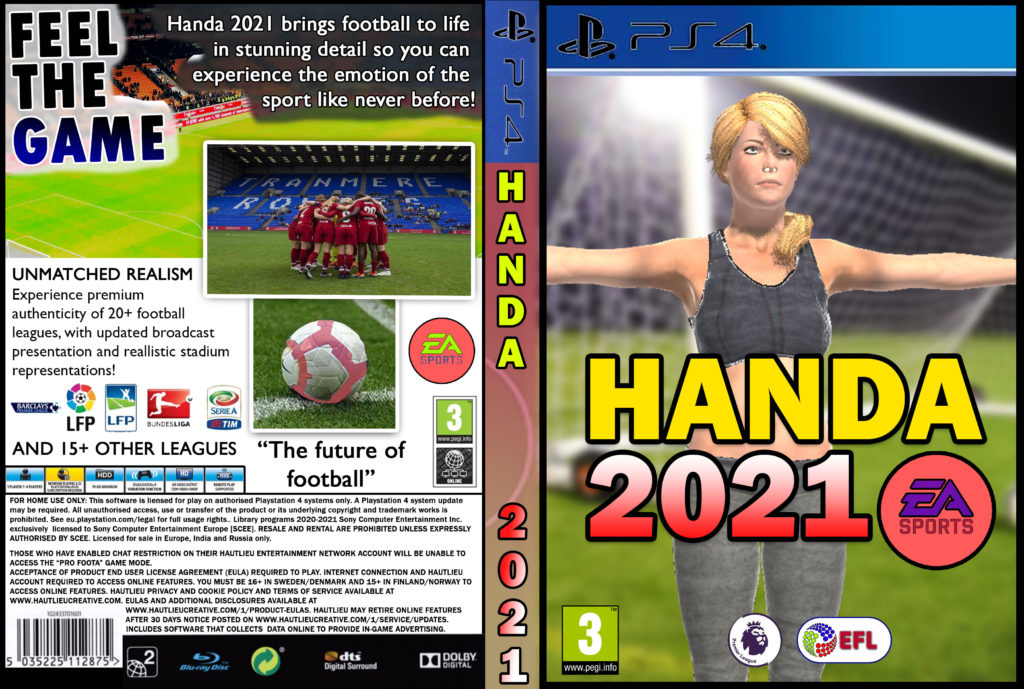Analyse the relationship between signifiers and signified in the two CSP game covers.
In this essay I will be analysing two close study products (CSP) game covers such as Tomb Raider and Metroid to discuss the relation of oversexualised female characters in video games, versus how women are treated and viewed in society.
For example, in the front cover of the well-known video game, Tomb Raider, Lara Croft, the dominant signifier is presented as a sexualised adventurer who is put into dangerous situations regardless of the non-appropriate type of clothing in which she has been designed as. I feel that most games involve sexualising the female characters to attract attention for the presumed average straight masculine player, as well as giving the company and game a significant amount of income and recognition. This can be proven by Samus Aran, the dominant signifier in Metroid being displayed in a manly suit of armour, which demonstrates that women need to be visible in a masculine manner to be able to survive, due to men being seen as the stronger and protective gender. This is a reactionary attitude. Although, behind the vigorous depiction, Samus is presented in a tight clinging blue body suit to show her feminine features such as her curves and other feminine aspects. This can become a dominant view for men to expect women to have larger features, providing more pressure on the presumed average female.
The representation of women in this form can impact men’s visual representation and mental representation of women in society by leading an effect on males to treat and view women as an object. Women are typically viewed as the weaker gender and have a higher percentage of rape or any sexual abuse or harassment in society. The explanation for this could be how men have seen women in video games and even pornography to deliver the belief that women should be treated and seen as what males have experienced on a screen, more of a pleasurable desire and expectation.
Furthermore, the objectification of women is also known as the ‘male gaze’, which has been incorporated by Laura Mulvey in her ‘Visual Pleasure and Narrative Cinema’ notion. The male gaze is the act of depicting women and the world through visual arts and literature from a masculine perspective which represents women as sexual objects to pleasure any heterosexual male viewer. This relates to Tomb Raider and Metroid in which both women have specifically been designed to obtain the attraction and attention of the opposite gender.
Additionally, other theories on the ‘male gaze’ are from Sigmund Freud and Jacques Lacan which interpretate ‘scopophilia’, meaning the pleasure of looking. This is similar to the ‘male gaze’ however the contextual meaning of ‘scopophilia’ proposes the wish for pleasurable looking through a cinematic experience in which someone is considered aesthetically pleasing. The significance of ‘scopophilia’ can be revealed on the front cover of Tomb Raider by the way the camera angle has been set out, for instance the angle of the camera appears to show Laura Crofts behind whereas most dominant male video games, suppress the characters rear end.
In conclusion, I believe society as a whole needs to re-evaluate how designers and companies present women on a daily basis in cinemas, video games and more, to prevent the idea of women being identified as a sexual object to heterosexual men. The two close study products have a negative representation on equality and fairness to women in society by objectifying and sexualising them.

